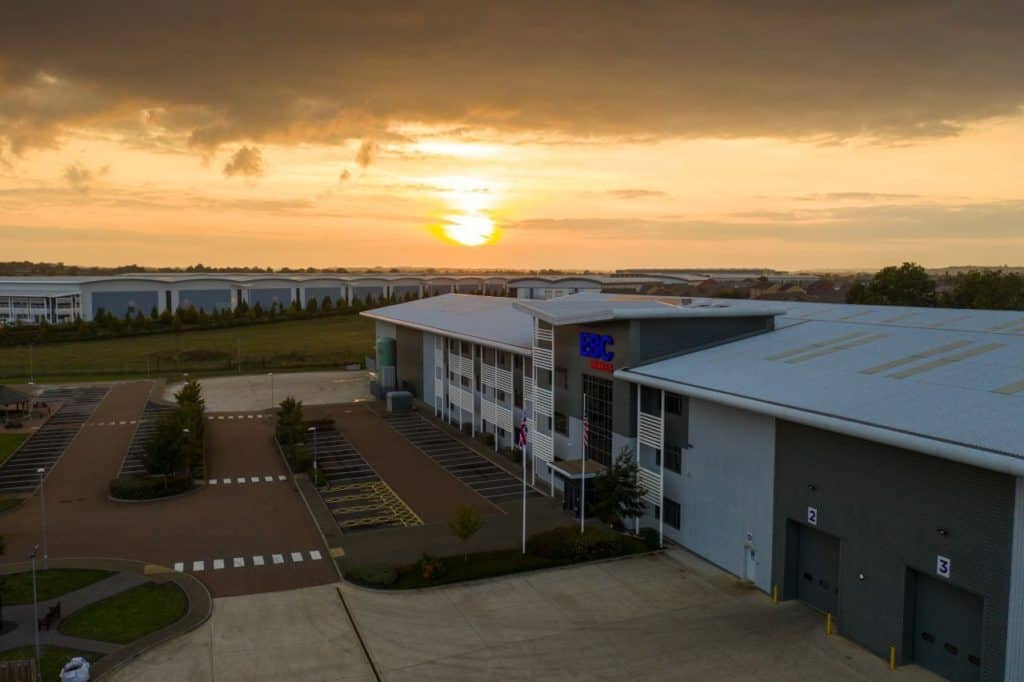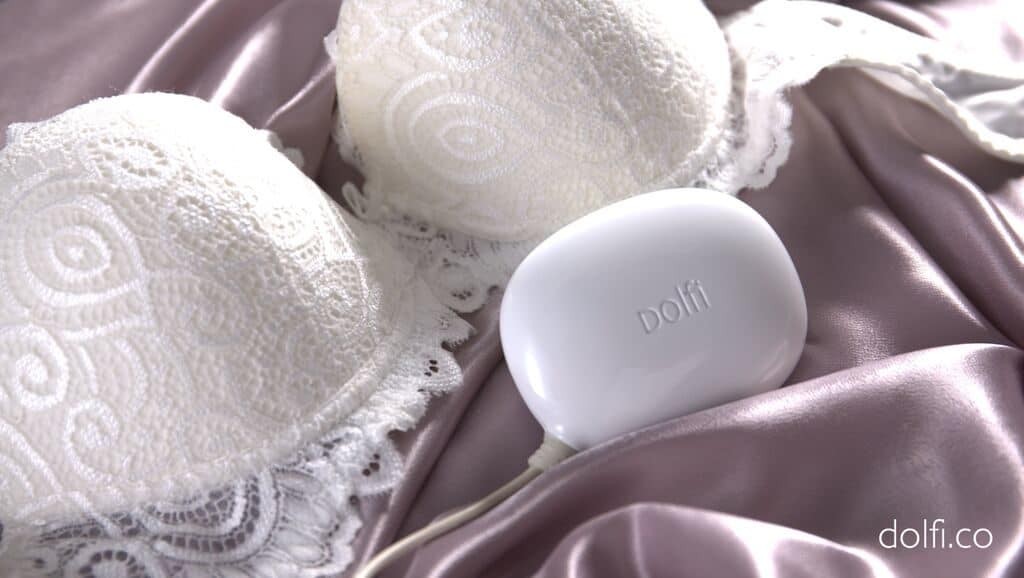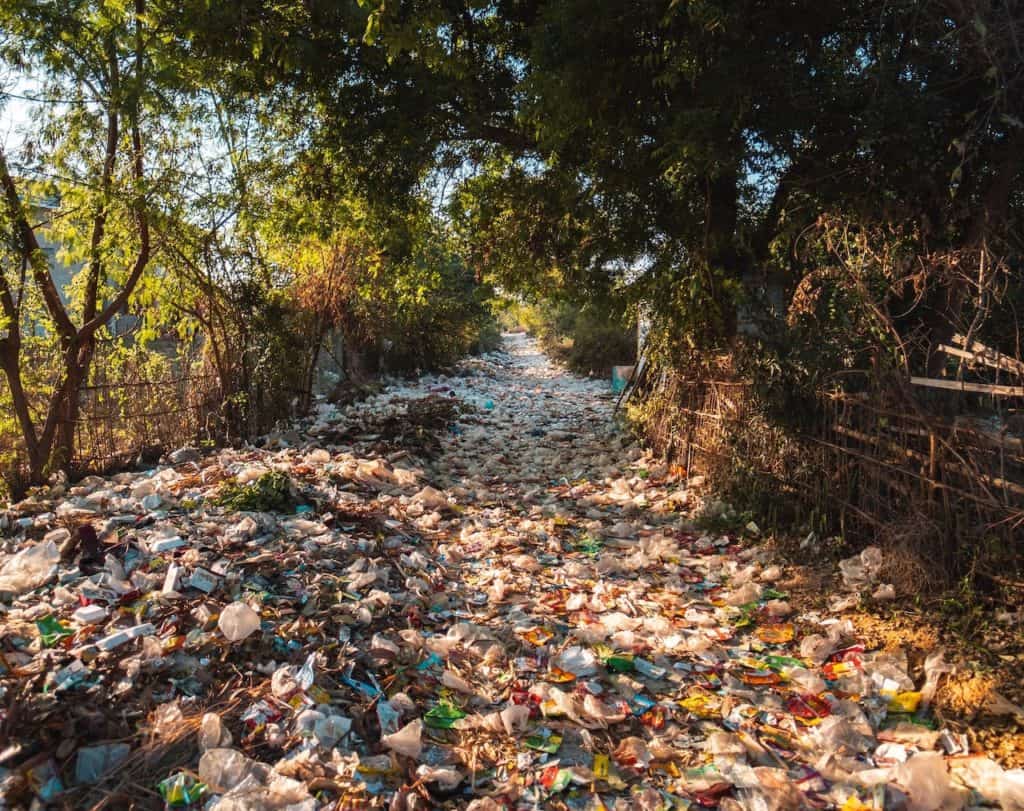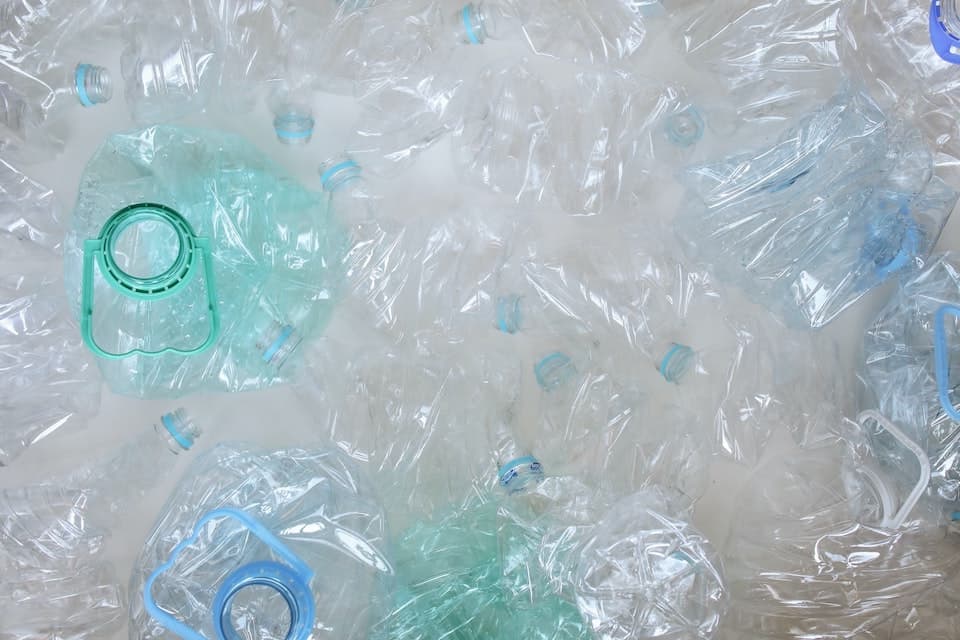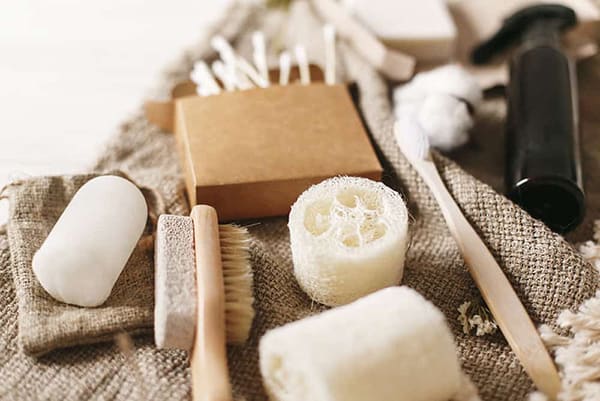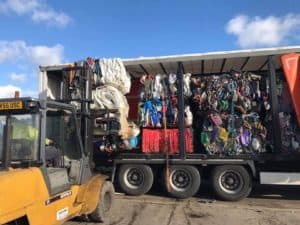Plastic Expert is pleased to welcome Magi Raible, founder of LiteGear…
Hi Magi, would you like to introduce yourself and LiteGear?
- I started my career in 1983 working at The North Face when it was in Berkeley, CA. Everything was produced on site in our factory. My job was to buy all of the raw material that were used in manufacturing the products such as: fabric, Goretex, zippers, aluminum tent poles, thread, hang tags, webbing, goose down, etc. I traveled to every raw material factory in the US – It gave me a unique perspective on raw material science. I eventually grew into the Director of Product Development & Product Acquisition. When we ran out of capacity to keep up with the demand, I subcontracted much of our production. In 1992 I left The North Face to join one of my subcontractors and launch a travel brand of bags and accessories that we called Kiva. I sold Kiva in January 2013 and started LifeGear Design in June 2013. Within months I started a brand called LiteGear.
Could you tell us a bit about the history of LiteGear? Where did you get the idea for LiteGear?
- Shortly after selling Kiva, several of my sales reps and retail customers asked me to take the products that I had created in the past and take them to the next level under a new brand. So I took the materials and engineering techniques I had used in creating expedition backpacks and reconfigured them into travel bags and accessories. My goal for LiteGear is to continue to create the lightest and most durable travel products available by using my strength-to-weight ratios.
How hard was it to have a tailor-made recycled plastic fabric made for your bags?
- I started this process in 2008 for Kiva bags. It was very early in the recycled fabric concept, so it was difficult to make sure that we didn’t sacrifice any quality requirements. The price was high and the technology was fairly new in rugged fabrics, but we connected with a good factory in Taiwan to produce the fabric to our specifications and we still work with them.
How has using a recycled plastic fabric affected your business?
- The toughest part was paying up to 50% more for recycled fabric when we first started because the consumers and retailers were not yet willing to pay the higher price. We knew that using recycled fabric was the right thing to do so we absorbed a lot of the expense. It eventually paid off as oil prices soared – I joke about the fact that the price of oil went up but the price of “garbage” did not. We still pay a small premium, but we can now be competitively priced while doing what we feel is the right thing.
Congratulations on your successful Kickstarter campaign, how did this idea come about and how helpful was it for development?
- When we first started working with Aero-Tray about 2 years ago, the inventor said that he wanted to do a Kickstarter campaign, so we partnered with him and it was quite successful. When we came up with the idea for the Mobile Pro I immediately wanted to do a Kickstarter campaign – I love the idea of grassroots marketing and crowd-funding – It’s global yet connected on a very personal level. It’s had a very good impact on our brand and our product.
How have you seen LiteGear grow since its inception?
- Yes! We’re in hundreds of specialty retailers across the country and Canada, and on every major website that offers travel products. Our growth has been quite fast.
What have been the greatest challenges for LiteGear in entering the luggage market?
- I think the biggest challenge is to get an older industry excited about disrupting old ideas and introducing brand new concepts, getting them to take risks by replacing our parent’s brand of luggage with one that most have not heard of that uses discarded plastic bottles for fabric.
Where do you see LiteGear in five years time?
- I want LiteGear to be a global brand that is a leader in impact design, sustainability and social consciousness.
Do you have any advice for others trying to make a sustainable product?
- Don’t sacrifice other core values – be patient and get it right on all levels. Do it because you believe in it.
Thanks Magi!
Feeling inspired? Check out Magi’s products here.


